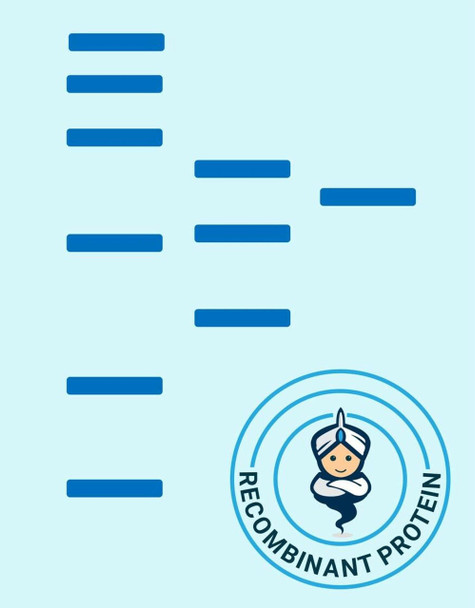| Background: | Interleukin 8 (IL-8), also known as CXCL8, which is a chemokine with a defining CXC amino acid motif that was initially characterized for its leukocyte chemotactic activity, is now known to possess tumorigenic and proangiogenic properties as well. This chemokine is secreted by a variety of cell types including monocyte/macrophages, T cells, neutrophils, fibroblasts, endothelial cells, and various tumor cell lines in response to inflammatory stimuli. In human gliomas, IL-8 is expressed and secreted at high levels both in vitro and in vivo, and recent experiments suggest it is critical to glial tumor neovascularity and progression. Levels of IL-8 correlate with histologic grade in glial neoplasms, and the most malignant form, glioblastoma, shows the highest expression in pseudopalisading cells around necrosis, suggesting that hypoxia/anoxia may stimulate expression. Accumulating evidence has demonstrated that various types of cells can produce a large amount of IL-8/CXCL8 in response to a wide variety of stimuli, including proinflammatory cytokines, microbes and their products, and environmental chang. Numerous observations have established IL-8/CXCL8 as a key mediator in neutrophil-mediated acute inflammation due to its potent actions on neutrophils. The discovery of these biological functions suggests that IL-8/CXCL8 has crucial roles in various pathological conditions such as chronic inflammation and cancer. |






